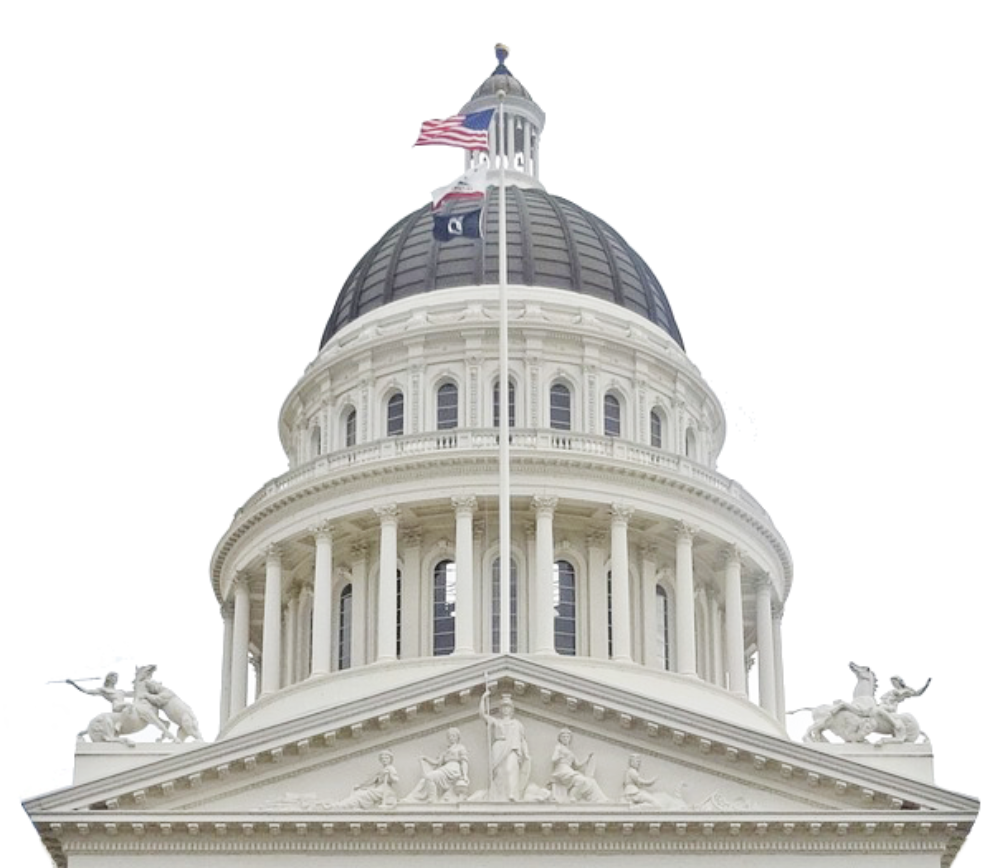Subsidies
California's subsidized child care programs provide an invaluable service to many of the state's most in-need families. They give parents the freedom to work and provide for their family while ensuring that their children receive safe, stimulating, and nurturing care.
To learn more about the different subsidy programs available or how you can handle challenges you may be facing in a subsidy program, please visit our friends at the Child Care Law Center.
Universal Pre-Kindergarten/Transitional Kindergarten
Enrollment Eligibility
The age at which children are eligible for TK changes from 2022–23 to 2025–26.
- In the 2022–23 school year, children who will turn five years old between September 2 and February 2* are eligible for TK.
- In the 2023–24 school year, children who will turn five years old between September 2 and April 2* are eligible for TK.
- In the 2024–25 school year, children who turn five years old between September 2 and June 2* are eligible for TK.
- In the 2025–26 school year, and in each school year thereafter, children who will turn four years old by September 1* are eligible for TK.
School District Requirements
- Districts are required to offer transitional kindergarten to all children that are eligible (based on the year of universal transition kindergarten [UTK] phase-in implementation) and wish to enroll. However, families are also allowed to choose other prekindergarten options, such as California State Preschool Program (CSPP) or Head start, if they are eligible for those programs.
- Education Code section 48000(c) requires any school district operating a Kindergarten to also provide a TK program for all 4-year-old children by 2025-26
- Learn more here.
Fact Sheets
- State Preschool Facilities Reference Guide Requirements & Regulations
- CalWORKS Child Care
- State Subsidized Child Care Payment Types
- Standard Reimbursement Rate (SRR)
- Reimbursement Rate Ceilings
Regulations
Licensing is an important component of California’s child care delivery system. The Community Care Licensing Division (CCLD) of the California Department of Social Services licenses and monitors family child care homes and child care centers to ensure that they meet minimum health and safety standards. Licensing laws and regulations for child care providers are distinct from all other community care facilities. Learn more here.
Title 5 and Title 22 Programs
Title 5 California Child Development Programs
Subsidized child development programs under contract with the California Department of Education, Early Education and Support Division are governed by Title 5 staffing standards and ratios (with the exception of school-age programs, which are under Title 22). Title 5 staffing standards are designed to meet the development needs of children who are eligible to receive state subsidized child care services. The Child Development Permit, under Title 5 of the CA Code of Regulations, is a career ladder system in California that was developed in 1997.
Title 22 California child Care Centers and Family child care Homes
Public and private child care centers and family child care homes are licensed by the CA Department of Social Services, Child Care Licensing Division, under Title 22 of the California Code of Regulations. These regulations include staffing standards and ratios for these facilities/programs. Child care programs must meet Title 22 staffing standards as a condition for licensure.
